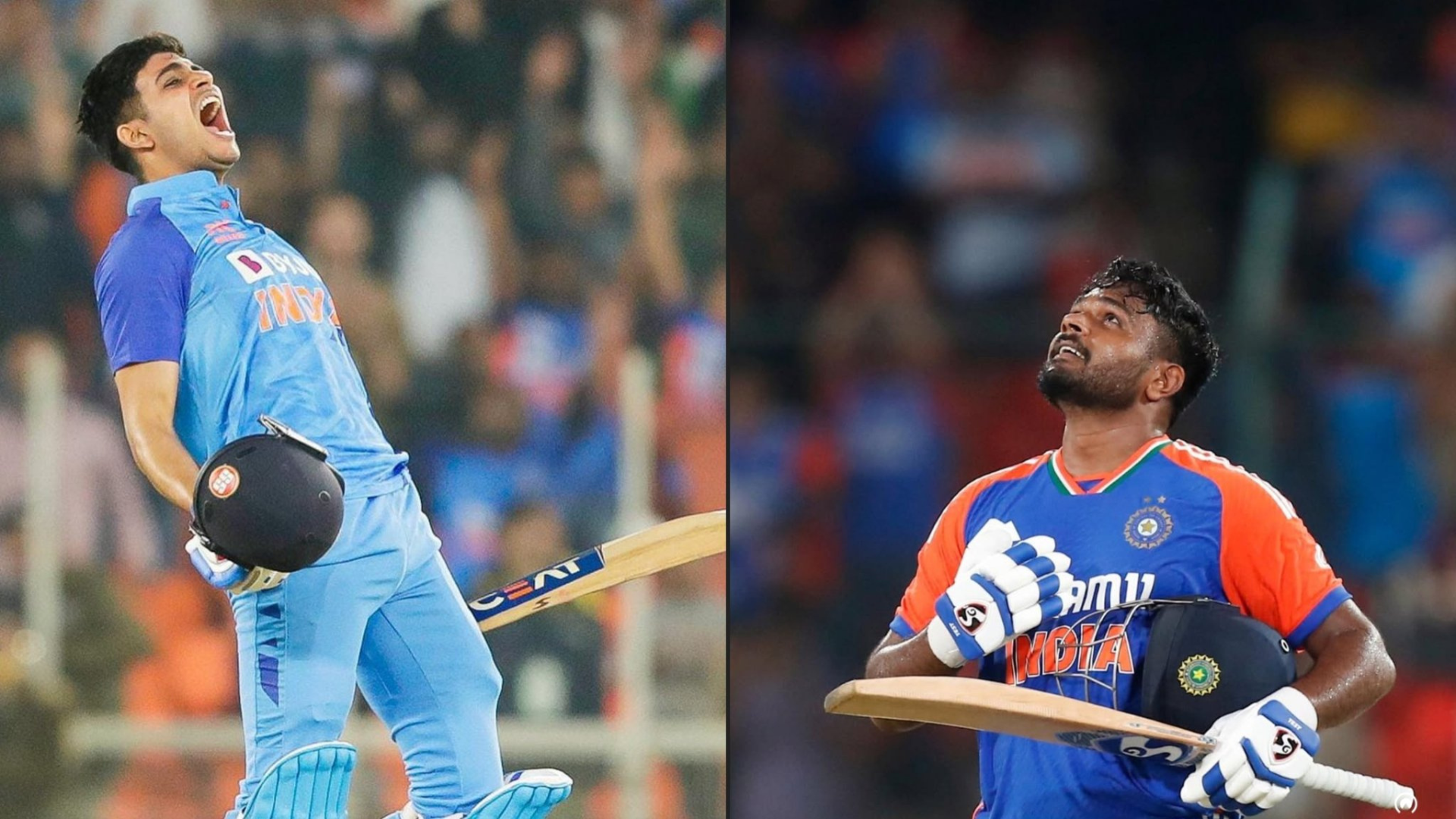The BCCI's decision to bring back Shubham Gill as vice captain for the Asia Cup 2025 has done more than just add weight to India's top order. It has also reopened one of Indian cricket's most enduring debates: where does Sanju Samson fit in? For years, Samson has been seen as a player on the cusp of something big, but every time he seems ready to secure his place, a new roadblock appears. This time, the obstacle is the crowned Indian prince Shubman Gill.
Shubman Gill: India's Priority Option
Gill's elevation as T20I vice captain is not just a recognition of his batting form but also a statement of intent. In the Last IPL season, he piled up over 650 runs at a strike rate exceeding 155.8 numbers that are hard to argue against. His calm head and leadership qualities, it's clear why selectors and coach Gautam Gambhir see him as the future all-format Captain.
For the T20 setup, Gill is more than just an opener; he represents stability and adaptability. Alongside Abhishek Sharma, India has found a left-right combination that can take on place and spin with equal confidence. In a tournament like the Asia Cup, where the conditions in Dubai may vary sharply, Gill's ability to anchor innings or accelerate when needed is priceless. Ajit Agarkar openly hinted that Gill walks straight into the playing XI, leaving the team management "headache " of balancing the rest of the order.
Sanju Samson: The Victim of Timing?
The real casualty of Gill's return could be Sanju Samson. Despite his strong IPL 2024 season, where he scored 531 runs at an average of 48.27 and a strike rate of 153, Samson has never been allowed the luxury of a stellar role in the national side. Historically, his best performances have come in the top three. Where he can build Momentum and play freely. But with Gill, Abishek Sharma, and Tilak Varma likely securing those spots, Samson's opportunities shrink.
Samson's international T20 Record is 861 runs in 42 matches at a strike rate of 152 . 4 tells a mixed story. While his strike rate is world class but, his average is 25.3 suggests inconsistency. Unlike Rishabh Pant, who cemented his place as the first choice wicket-keeper batter, Samson has struggled to translate IPL dominance into Long runs for India. Now with Jitesh Sharma being groomed as a finisher and Pant returning soon Samson's Window narrows even further.
Why is His Role Uncertain?
At first glance, one might think of shifting Samson to the middle order. Sunil Gavaskar himself recently said Samson is "gifted enough" to bat at No. 5 , 6. Yet this is easier said than done. India's middle order already has the boosted experienced Suryakumar Yadav, the finishing power of Hardik Pandya, and the flexibility of Axar Patel. Slotting Samson here risks making the lineup too right hand heavy, reducing the left right balance that teams prize in T20 cricket.
Moreover, Tilak Varma's ability to bowl off spin and his left handed batting provide tactical advantages Samson does not. Unless India scarifices either Tilak Varma or Sanju Samson may find themselves warming the bench once again.
Still dismissing him outright would be unfair
Samson reinvented himself from a teenage IPL prodigy to a seasoned campaigner and leader at Rajasthan Royals. His power hitting and Wicket-keeping remain assets. If he accepts a flexible role, whether finishing games or providing depth. He could yet prove invaluable in trournaments when conditions change match by match.
Shubman Gill's Asia Cup return isn't just about an Opener shot; it marks India's future leadership path. For Sanju Samson, reality check that talent alone won't secure a place. Adaptability and role clarity are key. The coming months could decide both Samson's international career and India's middle order for the upcoming T20 World Cup 2026.

